In recent weeks, Microsoft’s embrace of AI coding tools, as AI writes code for up to 30% of its repositories, has sparked heated debate: can AI completely replace human programmers? Consequently, the company’s Washington‑state layoffs, which saw developer job cuts due to AI automation, underscore a critical shift in the future of programming.
The Layoff Landscape and the Rise of AI Coding
Microsoft announced cuts impacting roughly 2,000 employees in its home state of Washington, with software engineers hit hardest. Why? Satya Nadella revealed that AI now writes code for about 20–30% of the company’s projects, reducing the demand for certain developer roles. Moreover, these reductions raise fundamental questions about the future of programming and whether AI coding will fully supplant human creativity and problem‑solving.
Key Figures at a Glance
- 40% of Washington‑state layoffs were software engineering positions.
- Up to 30% of Microsoft’s codebase is now generated by AI.
- Less than 5% of sales and marketing roles were affected.

Can AI Completely Replace Human Programmers?
Firstly, the idea that AI coding could eliminate human developers entirely remains speculative. In addition to automating routine tasks, AI writes code for boilerplate functions and simple algorithms. However, complex architectural design, creative problem‑solving, and nuanced debugging still rely on human expertise. Therefore, while AI coding accelerates development cycles, it does not yet match the adaptability of human programmers tackling novel challenges.
“AI writes code” is increasingly true for standard modules, yet collaboration between humans and machines defines the future of programming.
Developer Job Cuts Due to AI: Why They’re Rising
- Efficiency Gains: AI tools like GitHub Copilot and Microsoft’s proprietary assistants boost productivity, allowing fewer engineers to achieve more.
- Cost Optimization: By automating repetitive coding tasks, companies can streamline headcounts and reallocate budgets to AI research and infrastructure.
- Strategic Realignment: Firms prioritize AI initiatives, shifting resources from traditional software projects to machine‑learning development.
Consequently, these shifts drive developer job cuts due to AI, especially among roles focused on routine implementation rather than innovation.
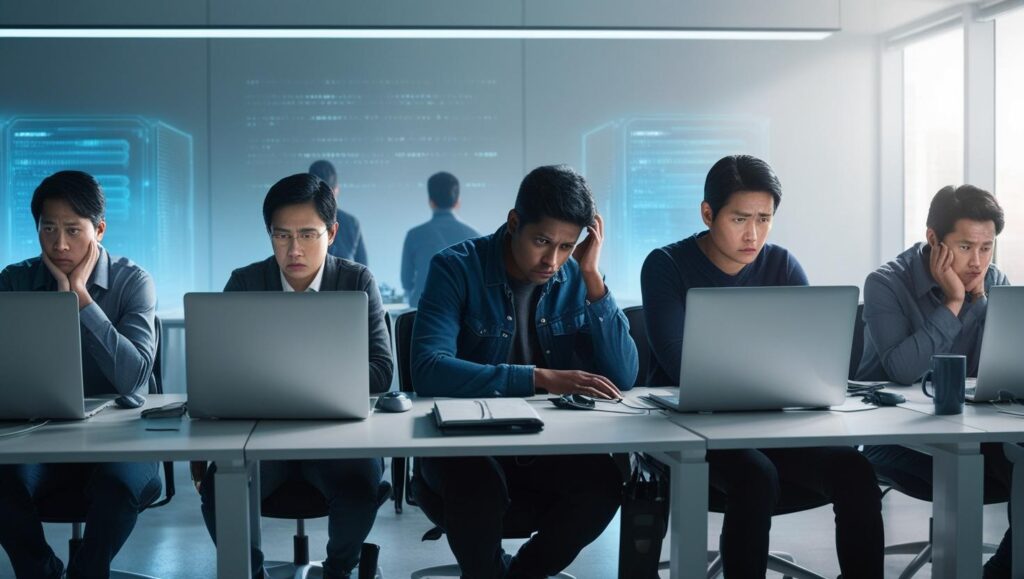
How AI Coding and Human Insight Can Work Together
Although AI coding tools excel at generating syntax and standard workflows, human oversight remains crucial:
- Quality Assurance: Engineers validate AI‑produced code to ensure security, reliability, and performance.
- Creative Design: Humans craft user experiences, system architecture, and cross‑team integrations.
- Ethical Judgement: Developers address bias, fairness, and compliance—areas beyond AI’s current scope.
Summary of Roles AI Impacts
- Routine Coders: High automation potential; face greatest risk.
- Senior Engineers: Leverage AI for prototyping but maintain leadership in design.
- DevOps Teams: Use AI for scripting and monitoring, with new focus on AI pipeline management.
The Future of Programming in the Age of AI Coding
Furthermore, industry leaders predict a collaborative future: AI coding will function as a “pair programmer,” suggesting code snippets and test cases, while human developers focus on innovation. Moreover, educational curricula are adapting, integrating AI literacy to prepare the next generation of software professionals.
As the future of programming evolves, hybrid teams of AI and humans are likely to dominate development workflows.
Transitioning Your Career in the AI Era
- Upskill in AI Tools: Learn to prompt and guide AI assistants effectively.
- Focus on Soft Skills: Enhance problem-solving, communication, and project leadership.
- Embrace Lifelong Learning: Stay current with AI advancements, frameworks, and best practices.
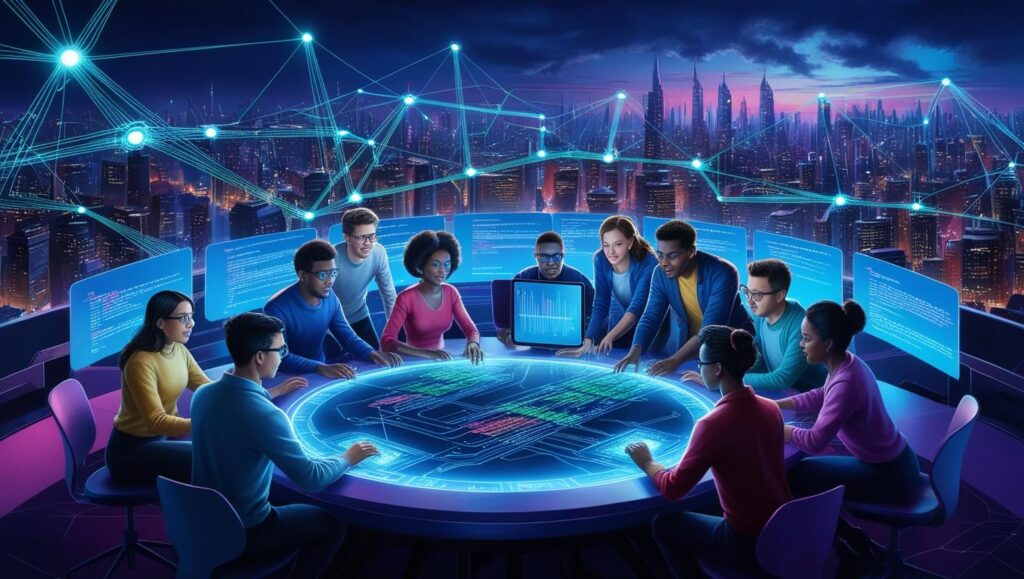
Conclusions and Key Takeaways
The future of programming lies in symbiotic partnerships: AI coding elevates efficiency, and human talent ensures innovation, ethics, and complex decision‑making.
Microsoft’s recent layoffs highlight the tangible impact of AI writes code on workforce planning.
While developer job cuts due to AI are rising, fully replacing human programmers remains unlikely in the near term.
If you’re interested in how AI is shaping modern technology and creativity, check out these related articles:
- 👉 How to Use Instagram AI Background to Transform Your Stories – Discover how AI is enhancing visual storytelling on social platforms.
- 👉 AI Governance: Why OpenAI Remains Under Nonprofit Control – A deep dive into AI leadership, accountability, and the future of AI governance.
If you’re exploring technology services, from web development to AI-powered business tools, visit Webie.com.vn — your trusted partner in digital innovation and IT consulting.

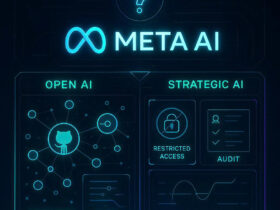
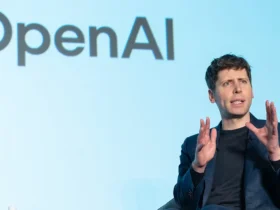
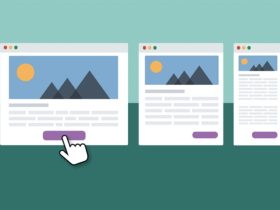


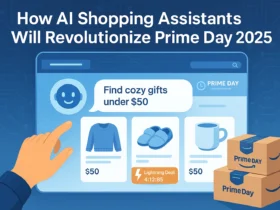
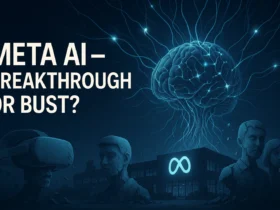





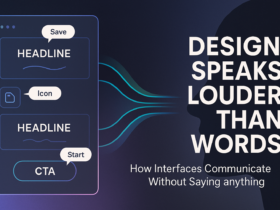

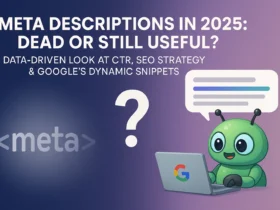



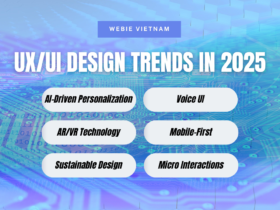



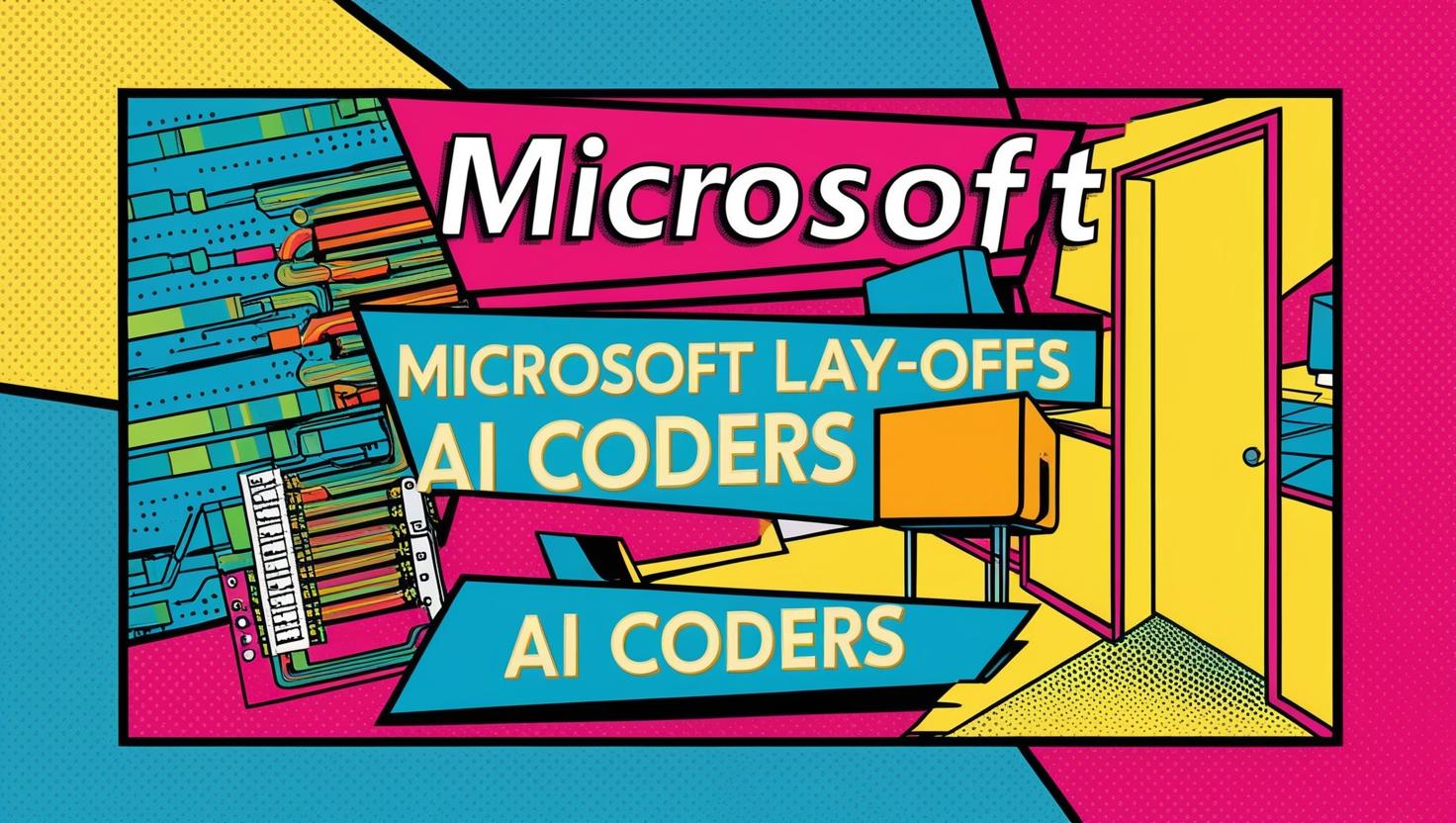

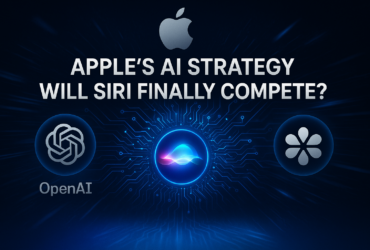
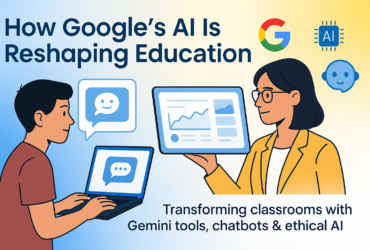
Leave a Reply